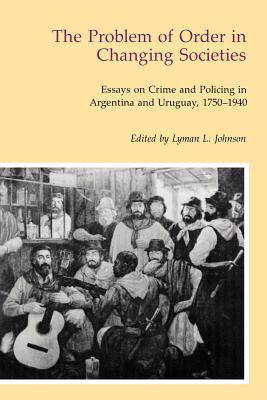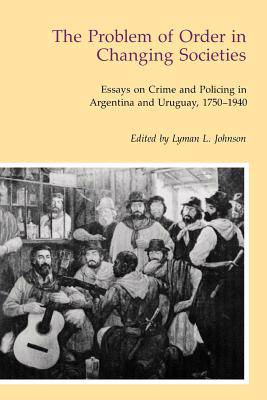
- Retrait gratuit dans votre magasin Club
- 7.000.000 titres dans notre catalogue
- Payer en toute sécurité
- Toujours un magasin près de chez vous
- Retrait gratuit dans votre magasin Club
- 7.000.0000 titres dans notre catalogue
- Payer en toute sécurité
- Toujours un magasin près de chez vous
The Problem of Order in Changing Societies
Essays on Crime and Policing in Argentina and Uruguay
Lyman JohnsonDescription
Criminology makes visible a society's values. Statutes and police and court records reveal assumptions about race, class, and gender relations as well as about property rights and matters of civil propriety. The six essays in this volume examine Argentina from the eighteenth century to the 1930s and Uruguay during the nineteenth century to show the links between crime and the social and economic order.
The topics of crime and policing explored in these essays depict the underside of social change. What emerge are detailed accounts of how elites maintained public order amidst changes arising from urbanization, commercial development, and internal and international migration. Examined in this social history of crime during modernization in the Río de la Plata region are wife-beating and rape, knife fights in the pulpería (a combination general store and tavern), prostitution, and public drunkenness and disorder.
Anyone interested in the social consequences of change will find these essays in historical criminology offer a challenging perspective on the process of modernization in the Río de la Plata region.
Spécifications
Parties prenantes
- Auteur(s) :
- Editeur:
Contenu
- Nombre de pages :
- 198
- Langue:
- Anglais
Caractéristiques
- EAN:
- 9780826311818
- Date de parution :
- 01-03-90
- Format:
- Livre broché
- Format numérique:
- Trade paperback (VS)
- Dimensions :
- 152 mm x 229 mm
- Poids :
- 294 g

Les avis
Nous publions uniquement les avis qui respectent les conditions requises. Consultez nos conditions pour les avis.






